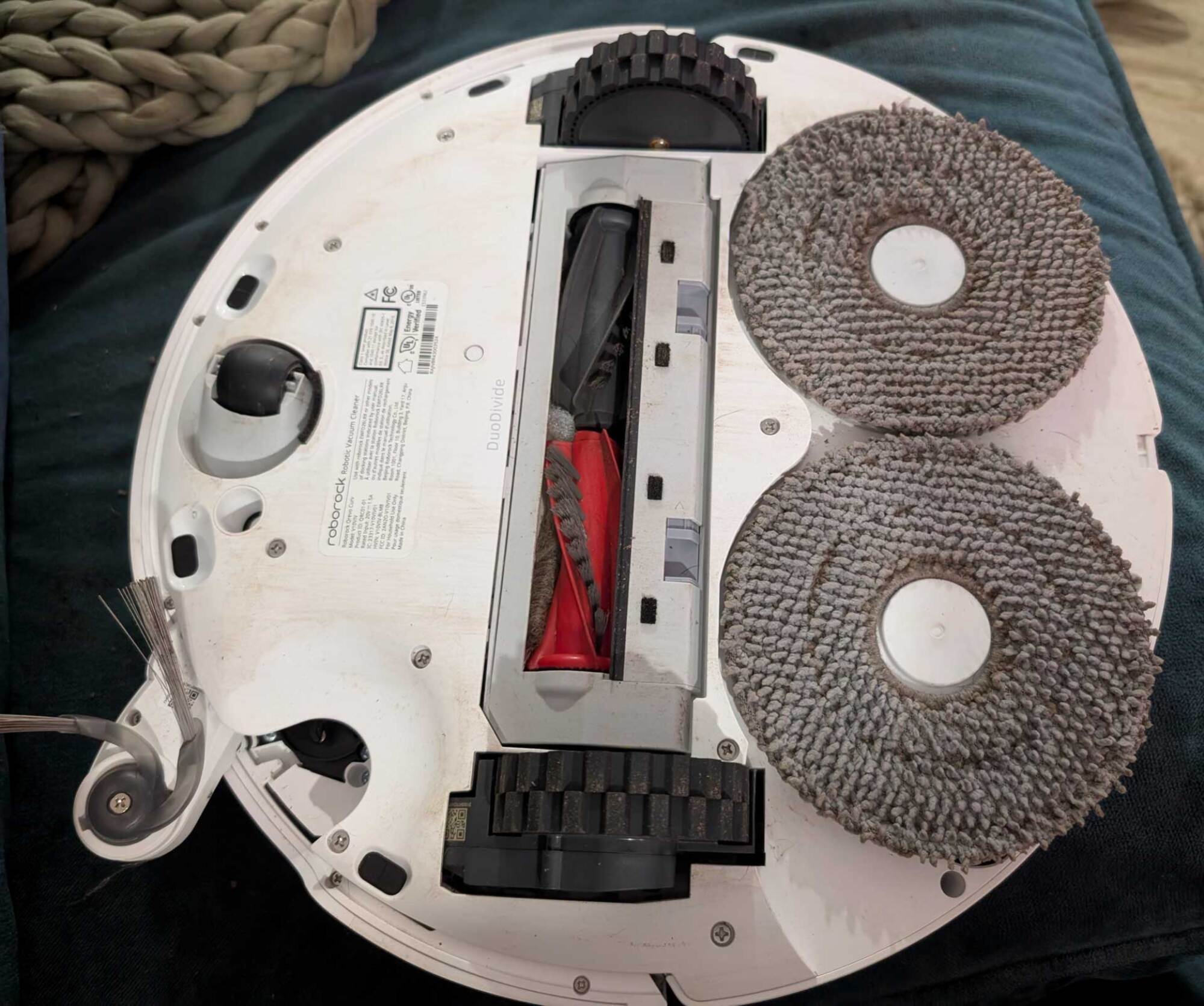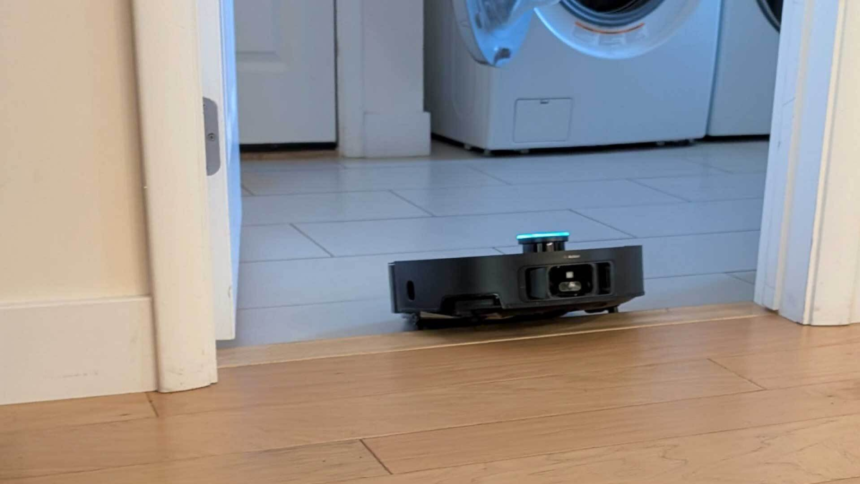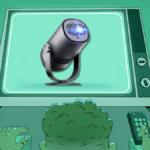The Real Story Behind Suction Power in Robot Vacuums
In the lead-up to January’s Consumer Electronics Show (CES), a noticeable trend emerged within the realm of robotic vacuums. Manufacturers were boasting incredibly high suction power ratings for their devices. While suction levels around 8,000 or 10,000 pascals (Pa) were viewed as impressive in 2024, models such as the Ecovacs x8 reported 18,000 Pa, the Dreame x50 touted 20,000 Pa, and the Roborock Saros 10 claimed a staggering 22,000 Pa. During discussions with marketing representatives and engineers from these companies, I frequently posed the question, “Is there truly a ceiling to how much suction can be considered practically beneficial?” More than once, engineers acknowledged that inflated suction ratings stemmed mainly from internal research indicating that consumers often select robot vacuums based on suction power alone. While I hold a different perspective on the value of suction capability as an indicator of cleaning effectiveness, the question remains: What other attributes do consumers consider important?
Suction is Just One Component of Effective Cleaning
To appreciate why suction power shouldn’t be the sole criteria for evaluation, one must first grasp the operational mechanics of robotic vacuums. Across various brands, these devices generally function similarly to traditional vacuum cleaners. They feature one or more rollers positioned at the bottom, akin to standard vacuums. As these rollers traverse surfaces littered with debris, the vacuum’s suction draws up the particles, relocating them into a bagless compartment. To channel debris towards the rollers, many robots utilize brushes designed for sweeping. Ideally, all debris should be directed into the rollers, sucked into the compartment, leaving the surface spotless.

Credit: Amanda Blum
In practice, certain waste types like hair can ensnare the rollers, wrapping around them and potentially damaging the material. Larger items such as small receipts or bits of mulch can become lodged in the rollers, necessitating manual intervention. There are also situations where debris may be ingested but subsequently obstruct the suction pathway leading to the internal compartment. While increased suction could provide some assistance, the architecture of the suction tube and the size of the flapper in the internal chamber play critical roles as well. Ultimately, the entire system design, encompassing all components and how they operate together, dictates the overall effectiveness of a robotic vacuum.

Credit: Amanda Blum
A notable example occurred during evaluations of the Eureka J15, advertised with over 16,000 Pa of suction power. Despite its powerful suction, I observed that even with effective debris positioning by the sweepers, debris wasn’t lifted into the rollers, resulting in residue left behind. The Dyson 360 Vis Nav, boasting over 20,000 Pa, sits so low to the floor that some debris may evade the rollers, merely getting pushed around instead of being cleaned up. In contrast, the original Switchbot K10+, with a mere 3,000 Pa, excelled at collecting debris due to its higher profile, allowing better access to ground particles and a roller design that minimizes clogging. My preferred robot vacuum, the Roborock MaxV Ultra, operates at 10,000 Pa but demonstrates an unmatched ability to tackle various debris types, outperforming many competitors. Roborock’s innovative roller design effectively withstands debris impact, and their sweeping systems are continually enhanced for improved performance in attracting debris toward the rollers.
Navigation, AI, and Size Are Also Crucial
Beyond the rollers and suction capabilities, the robot’s ability to access areas where dirt resides is essential for effective cleaning. Contemporary models are becoming more streamlined to navigate under furniture, yet they still range from 12 to 13 inches in width, often struggling in spaces with dense furniture configurations. They perform optimally in spacious environments free from toe kicks or other obstructions. Furthermore, the onboard AI of many vacuums may misinterpret debris as obstacles, leading to avoidance rather than cleaning (a measure likely taken in response to past incidents involving pet waste).
What do you think?












